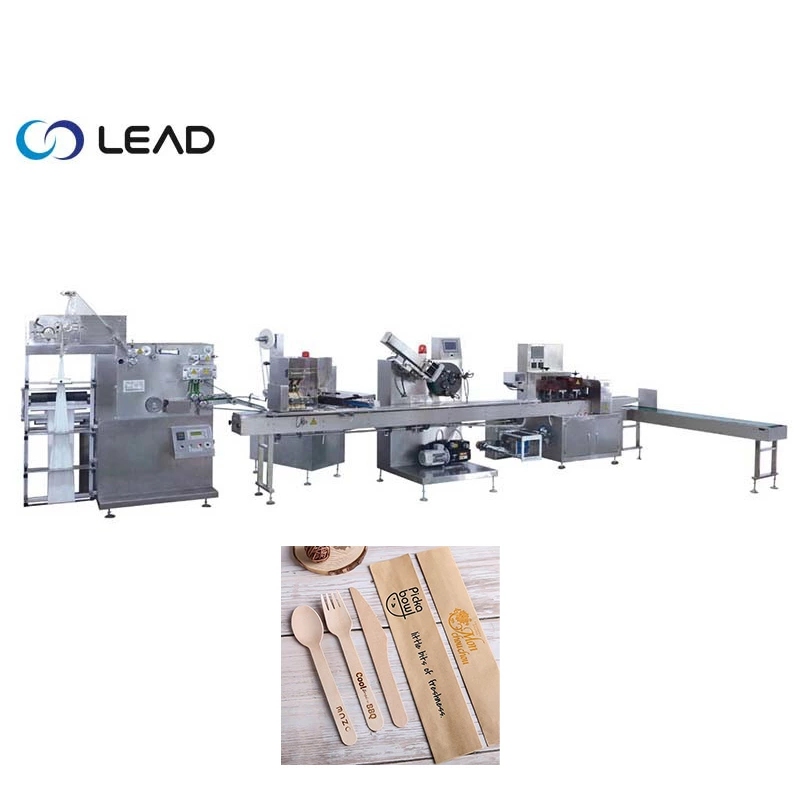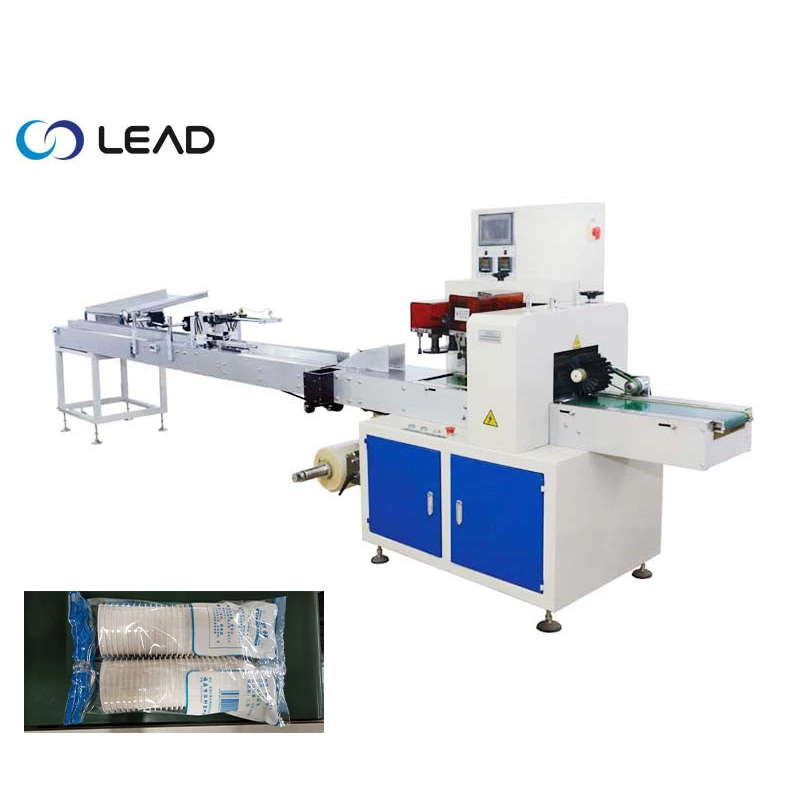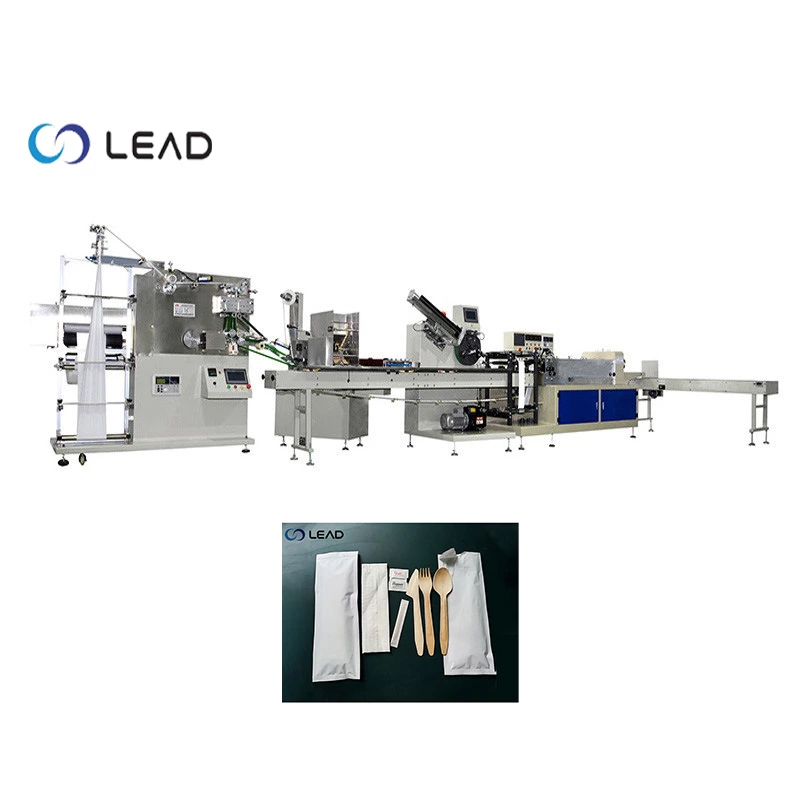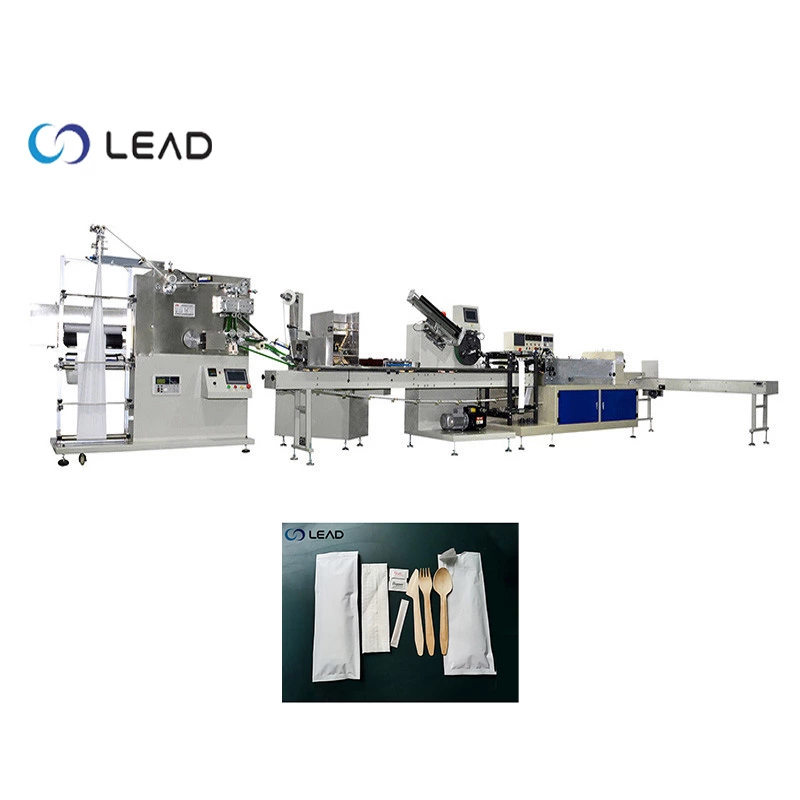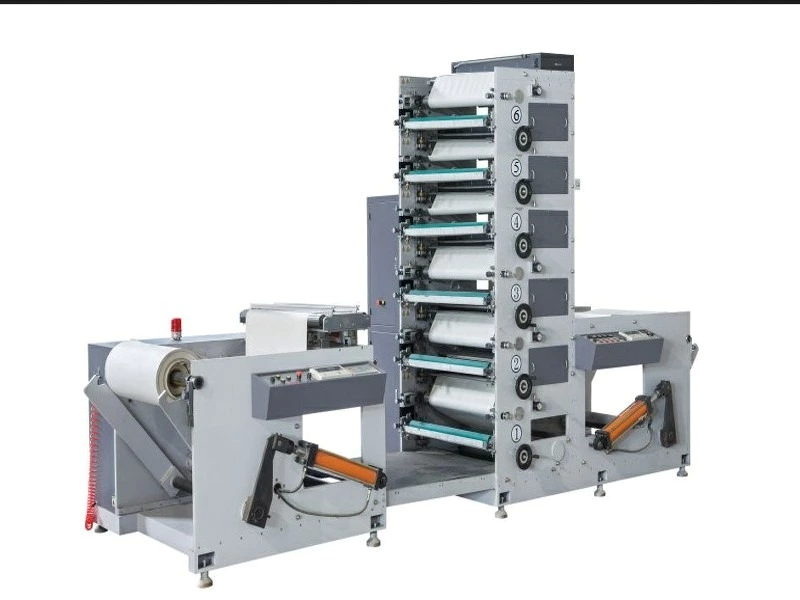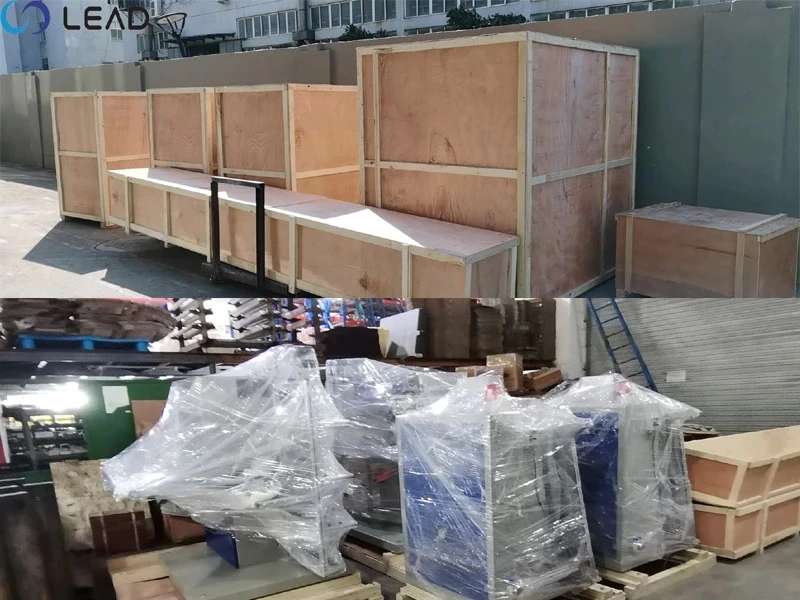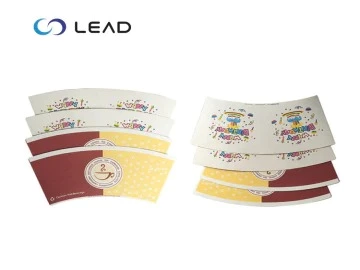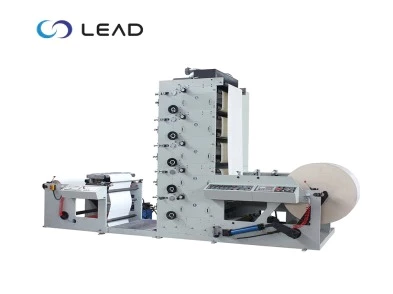Selection guide and maintenance of flexographic printing machine
1. 1. Model selection
At present, flexographic printing presses have been clearly divided into two categories, narrow and wide, with the boundary between narrow and wide at about 600mm. Narrow-format flexographic printing presses mainly print paper and cardboard, and are mostly unit-type in-line printers; wide-format flexographic printing presses mainly print films, aluminum foil and other materials, and their structures are mostly satellite or laminated. The former mainly prints trademarks, folding cartons and other narrow-web flexographic printing presses with post-printing processing functions; the latter mainly prints various composite flexible packaging materials, packaging bags, paper cups, etc., because in the field of composite flexible packaging printing, wide-format The flexographic printing machine has gradually replaced the gravure printing machine. The color gradation pattern printed by the flexographic printing machine is difficult to distinguish from the gravure printing sample, while the cost of flexographic printing is lower than that of gravure printing, and it is also excellent in terms of environmental protection requirements.
2. 2. Machine configuration selection
Generally speaking, after the model is selected according to the needs, there is another problem of choosing the machine configuration. In particular, the unit type flexo printing machine has many subsequent processing unit configuration options, which should be selected according to actual needs, and it is not necessary to configure all of them. For example, hot stamping unit, coating unit, punching unit, die-cutting unit and die-cutting drum, etc., if it is not used temporarily, it does not need to be configured to avoid unnecessary waste. Various components of the unit type flexo printing machine can be used. Add configuration when needed.
3. 3. Anilox roller configuration
A major feature of flexographic printing presses is the use of anilox rollers to transfer ink. Ceramic anilox rollers are wear-resistant, corrosion-resistant, and have a long life, but the price is relatively high; metal anilox rollers have poor durability, but the price is lower, low-end Metal anilox rollers can be used for the second printing; different anilox dot shapes also have different printing effects. This situation can be determined according to the specific product; the other main basis for selecting anilox rollers is the number of lines. With different anilox rollers, the ratio of the screen number of the general printed matter to the screen number of the anilox roller is about 1:4. In addition, you should pay attention to the purchase of a machine. A machine cannot be equipped with several anilox rolls with several units. Generally, it can be configured twice the number of units. For example, a six-unit china flexo printing machine can be equipped with 10-15 anilox rollers. The number of lines of these anilox rollers should be different, so that they can be used together when printing different prints.
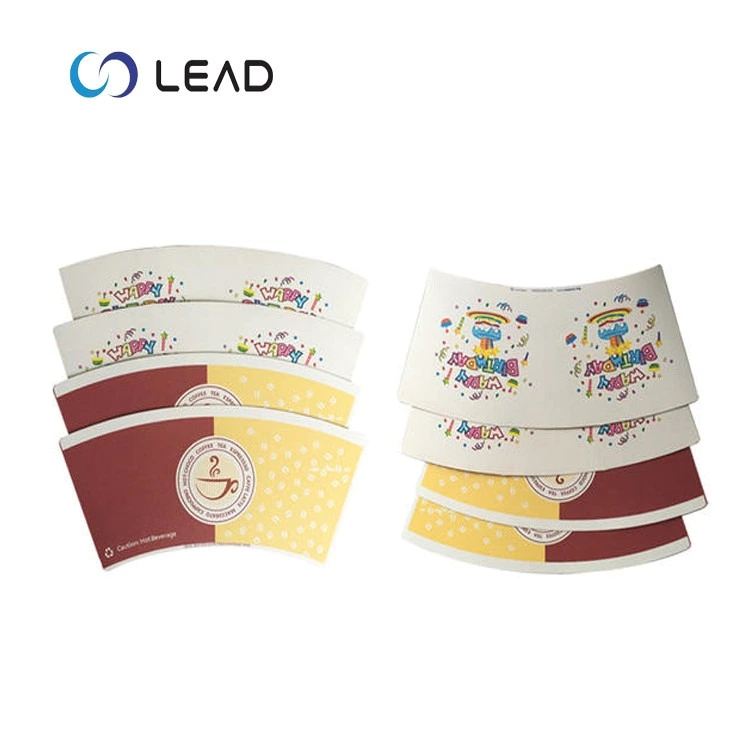
4. 4. Die-cutting drum configuration
Different printing products need to be equipped with different die-cutting cylinders, but the die-cutting quality and life of different die-cutting cylinders are different. There are two main types of die-cutting drums: wrapping type and integral type. The integral die-cutting drum has a long life, good die-cutting quality but high price, while the wrapping type is the opposite. There are two types of die-cutting methods: shearing and pressure-cutting. , The former has high die-cutting precision, long life but high price, while the latter is the opposite. Therefore, it is necessary to determine what kind of die-cutting cylinder to choose according to different prints, different requirements and printing quantities.
5. The choice of drying system
The drying system of flexographic printing equipment can be roughly divided into hot air drying system, far-infrared drying system and UV curing system. The use should be based on the printing material, the ink used and the working environment.
In addition, if you want to print good prints, in addition to choosing the correct model and various configurations, you must also study the conditions of the supporting equipment such as the quality of the plate and the quality of the ink. Good match. In the flexographic printing process, the choice of materials such as flexographic plates and flexographic inks has a greater impact on the flexographic printing effect. Since the flexographic printing plate used in flexographic printing is a flexible plate material, the dots will expand during printing, which will inevitably cause difficulties in printing with small dots. In the production of high-gloss printing products, it will be Defects such as dot loss and dot expansion, especially when the ink volume is large, will increase the degree of dot expansion; the ink volume of the flexographic ink is one-third of the ink volume of the gravure ink, so in the highlight part In order to achieve the purpose of smooth color presentation, higher color density inks are required, while the color density of water-based flexographic printing inks is lower, and a larger ink volume is required to achieve a color density equivalent to gravure printing.
Maintenance of flexographic printing machine
The synchronization of the power of the printing unit of the flexo machine, the balance of the ink supply, and the balance of the plate roller have certain requirements in the printing process.
The printing power of the flexo printing machine is transmitted from the main motor to the gearbox of each unit, and each color group runs synchronously. To make the overprint of the printed product stable, the gearbox must be well maintained. The reducer is one of the key components of the entire printing press. Pay attention to the oil volume and oil temperature when starting up (replace if the oil is turbid), and do not start up at high speed without lubrication to avoid damage. When the circular plate registration is required, start the circular plate adjustment motor to make the planetary output carrier produce positive and negative revolutions, which can achieve the superimposition or superimposition of the speed of the printing roller at the synchronous speed, thereby completing the registration requirement in the circumferential direction.
The balance of the ink volume is completed by the anilox roller and the doctor blade together. The ink supply of the anilox roller is accurate and reliable. There is a kind of ceramic mesh roller, the base roller is coated with ceramics and is made by laser engraving. The precision, surface roughness, form and position tolerance, hardness, and corrosion resistance are all required to be very high, and the price is expensive, and it is produced by a professional factory. When using this type of anilox roller, special attention should be paid to prevent bumps, keep it clean and prevent ink clogging, and clean it immediately after printing. The accuracy of the anilox roller is one of the important factors to ensure the printing quality of the flexographic label printing machine.
The anilox roller is a precise ink transfer roller. The amount of ink transfer is determined by the number of mesh lines per inch. The higher the number of lines, the more mesh holes and the less ink volume; the fewer the mesh lines, the fewer mesh holes and the larger the ink volume. The number of screen lines of the anilox roller in printing is reasonable, which is determined by the color requirements of the printed product. Screening and screen printing should choose high line count and low ink volume; solid printing should choose low line count and large ink volume.
The squeegee is used to ensure the uniform supply of ink to the printing plate. If you don't need a scraper, use a rubber roller to transfer the ink, and the anilox roller will press tightly to transfer the ink fast and slow. The amount of ink carried by the anilox roller is very different, the amount of ink is more when the rotation is fast, and the amount of ink is less when the rotation is slow. To this end, a squeegee is installed on the flexo label printing machine. With the squeegee, the amount of ink transferred from the anilox roller to the printing plate is limited to the amount of ink stored in the anilox roller mesh, so that no matter how fast the machine is running, the ink amount of the printing plate can be balanced. Therefore, the installation of the scraper has high requirements. The scraper should also have a certain degree of elasticity, toughness and strength, and the blade should be straight, without burrs and wrinkles. Generally, the steel scraper used is 0.15mm or 0.2mm.
The installation of the squeegee can be forward-mounted and reverse-mounted. Nowadays, reverse squeegee blades are mostly used, and they are combined into a squeegee cavity.
